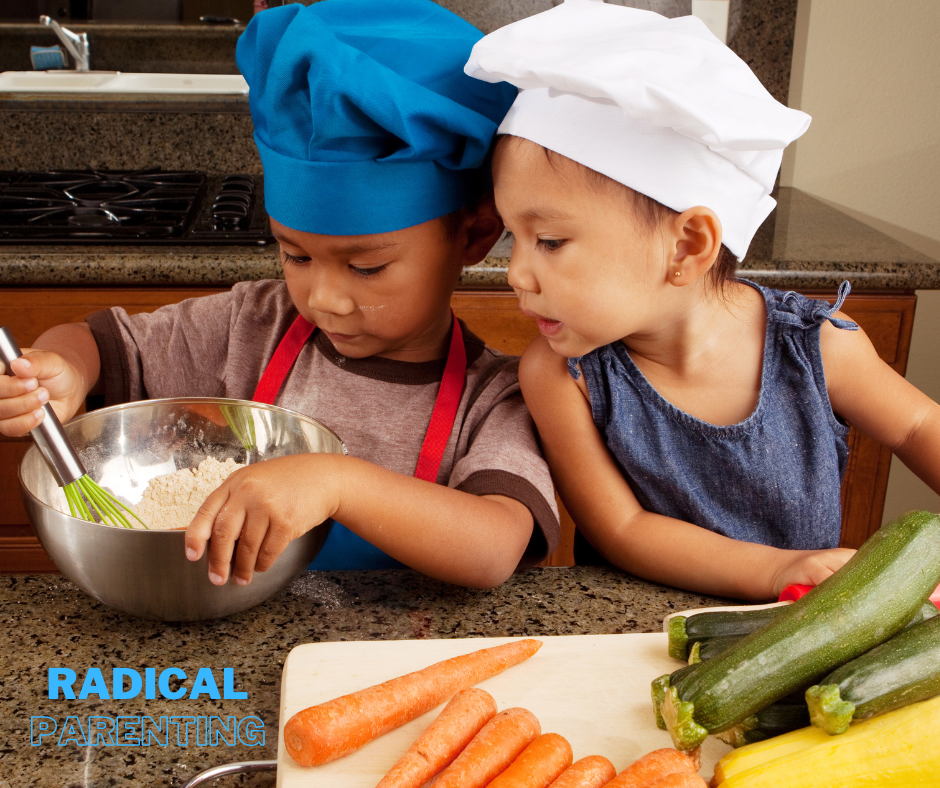My son went through a phase around three years old in which he loved mixing anything and everything. One night, he wanted to add jelly to his pickles. He thoroughly enjoyed those two foods and assumed they would taste good together. My reactionary response was to say “no.” I “knew” he would dislike the new concoction, which would lead to rejection of other things on his plate and a whole spiral of arguments at the dinner table. I used one of my power tools as a parent instead of a quick no. I paused.
What was I teaching my son with a “no” in this scenario? I was making the decision for him before he even had a chance to try. I made the assumption that just because I did not like pickles and jelly, he would not like pickles and jelly. Which, let’s be real, I’ve never actually tried it. I would unintentionally teach him not to try something that someone else already deemed not good. I was stifling his creativity and teaching him to stay in a box and not try new. That’s the opposite of my heart for my son. I want him to go after new things. I want him to be curious, brave, and creative. I want him to be an influencer, not simply a follower in this world.
Now, practically speaking, I can still provide guidance to my son in that situation. I still can offer a smaller plate to mix smaller portions on, explaining to him how this could be a way to waste less food in case he doesn’t like it. I could even go further in encouraging his creativity by engaging in what he’s doing. Perhaps I take out an additional ingredient to suggest he try to mix in. In situations where we are auto-response-ready to correct our children, it is good to pause our response and take a closer look at the situation before giving a correction.

